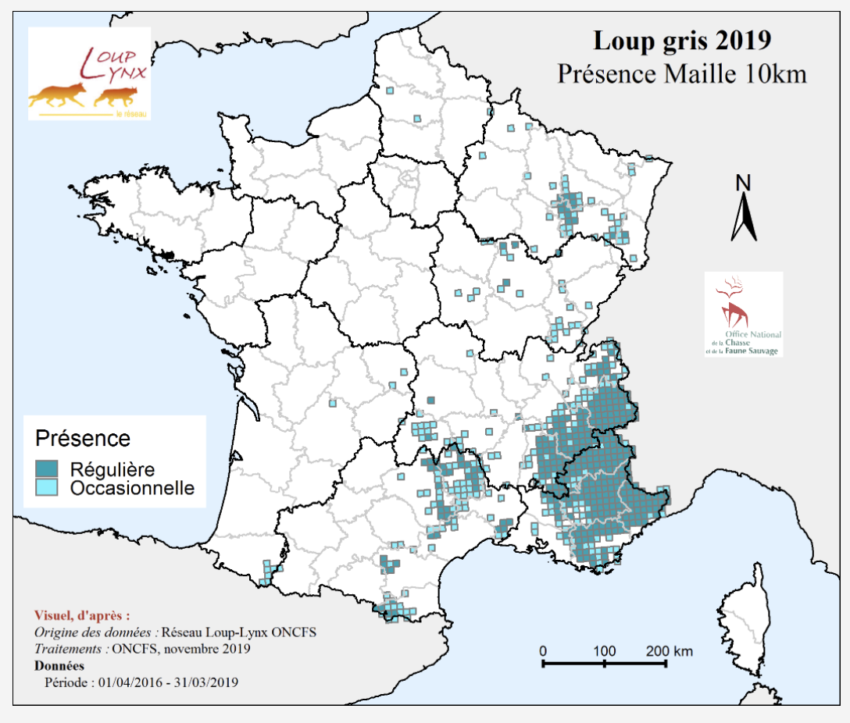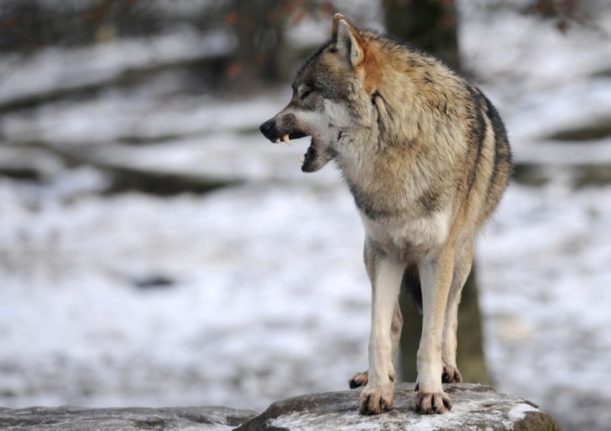The French Office of Biodiversity has confirmed that photos taken last week close to Bayeux in northern France did indeed show a grey wolf.
The first confirmed modern wolf sighting in Normandy was in the Seine-Maritime département in 2020, but this is the first time that one has been spotted in Calvados.
In an interview with France Bleu, Nathalie Pfeiffer of the French Office of Biodiversity urged residents not to be scared.
“There has been no interaction between humans [and wolves] since the return of the wolf in France,” she said, cautioning, “If sheep farms are badly protected, wolves will maybe go for them more easily.”
READ ALSO 24 years after I first reported on wolves in France, they are at my door in Normandy
At the end of the the 2020/21 winter season, there were an estimated 624 grey wolves in France. The species had been effectively wiped out by the late 1930s, but wolves crossed over the border from Italy some 50 years later and the population has been growing ever since.
Today, most of the wolves in France are mostly based in the Alps, of the are 125 geographical zones with permanent wolf populations, many are also found in the southwest and elsewhere.

In 2018, the French government implemented a five-year ‘wolf plan‘ that sought to protect the species, while also protecting herds of sheep and farmers’ livelihoods.
As part of this plan, farmers receive compensation for livestock lost to wolf attacks and there are regular culls to keep the wolf population under control – unlicensed wolf killing is punishable by up to two years in prison and a €150,000 fine.
The state has also financed some 5,000 guard dogs, which are known to scare wolves away from herds.
Despite the population growing and surpassing the target of 500 wolves set by the government in 2018, the number of attacks on livestock has remained stable.
Grey wolves in France mostly subsist on deer and wild boar.
The last wolf attack on a human in France was in 1918. In North America, where the wolf population is thought to number close to 60,000, there have only been two attacks since the 20th century.



 Please whitelist us to continue reading.
Please whitelist us to continue reading.
Member comments